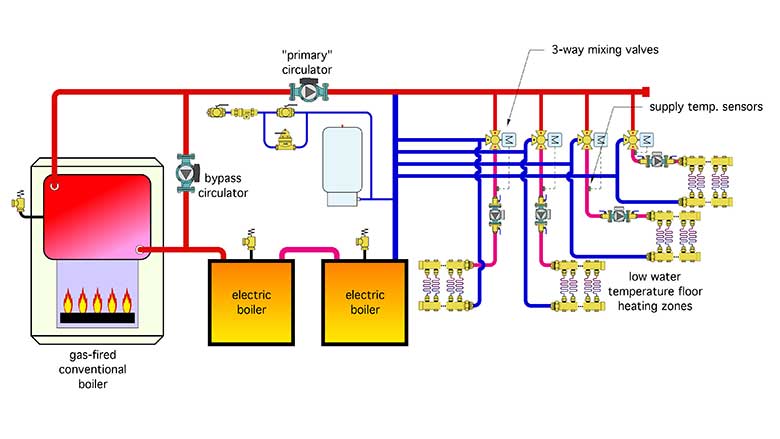You have 0 Articles Left This Month. Join Today for Unlimited Access.
Stay in the know on the latest plumbing trends.
Keep your content unclogged with our newsletters!
Stay in the know on the latest plumbing & piping industry trends.
JOIN TODAY!Copyright ©2025. All Rights Reserved BNP Media.
Design, CMS, Hosting & Web Development :: ePublishing

